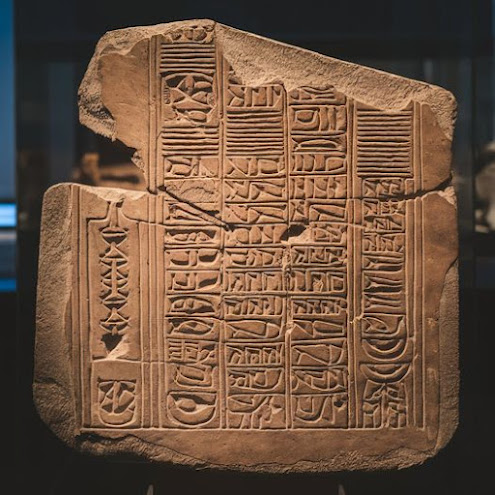Around 5,000 years ago, the **Sumerians** of ancient Mesopotamia (modern-day Iraq) transformed time measurement with their development of the **sexagesimal system**, a numerical system based on the number 60. This system led to the division of hours into 60 minutes and minutes into 60 seconds, a concept still in use today. Driven by the needs of their agricultural society and religious practices, the Sumerians also made major strides in astronomy, creating a lunar calendar with 12 months to track seasonal cycles
In the fertile plains of **Mesopotamia**, where the Tigris and Euphrates rivers converged, the **Sumerians** built one of the earliest civilizations known to humankind. Their cities, temples, and complex irrigation systems thrived in the harsh desert environment, but it was their mastery over time that would leave an indelible mark on the world.
The Sumerians lived in a world where nature’s rhythms dictated their survival. The rising and setting of the sun, the changing of the seasons, and the phases of the moon shaped their agricultural life, determining when to plant their crops and when to harvest. Yet, the natural world was unpredictable, and the Sumerians knew they needed a more precise way to measure time.
Led by their scholars and priests, the Sumerians began to study the sky, watching the movements of the stars and planets with keen eyes. They observed how the moon waxed and waned over the course of about 30 days, creating a natural division of time. From this, they developed a **lunar calendar**, dividing the year into 12 months, each month corresponding with a lunar cycle.
But it wasn’t just the lunar calendar that revolutionized timekeeping. The Sumerians, with their advanced understanding of mathematics, devised a unique numerical system based on the number 60, known as the **sexagesimal system**. Unlike the base-10 system we commonly use today, the sexagesimal system allowed for greater divisibility, making it highly versatile for calculations in both astronomy and everyday life.
Using this system, they divided an hour into **60 minutes** and each minute into **60 seconds**—an innovation that has endured for millennia. Their understanding of time extended beyond the needs of agriculture. It was essential for the coordination of their elaborate religious ceremonies, where priests needed to follow strict rituals at precise moments to honor their gods.
As the Sumerians' cities grew more sophisticated, so too did their need for accurate timekeeping. Temples were built to track the solstices and equinoxes, and observatories were established to chart the positions of celestial bodies. By mapping the stars and understanding the cycles of the sun and moon, the Sumerians ensured their agricultural and religious activities were in harmony with the cosmos.
In the shadow of their great ziggurats, monumental stepped temples that reached toward the heavens, the Sumerians solidified their legacy. Their innovations in time and astronomy laid the foundation for future civilizations to build upon. The sexagesimal system, born in the heart of ancient Mesopotamia, would travel across centuries and continents, influencing not only the Babylonian and Greek mathematicians who came after but shaping how we measure time in the modern world.
Today, when we glance at a clock, dividing hours into 60 minutes and minutes into 60 seconds, we are unknowingly following a tradition set by the Sumerians thousands of years ago. Their need to understand the rhythms of nature gave birth to concepts that continue to regulate our lives, a testament to their lasting influence on human history.





Δεν υπάρχουν σχόλια:
Δημοσίευση σχολίου